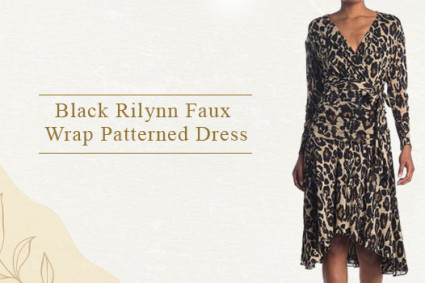
What the latest fashion trends include change, curiosity, and the setting of time, spot, and wearer. Blumer (1969) portrays design impact as a course of “aggregate choice” by which the development of taste gets from a gathering answering all in all to the climate or “soul of the times”. The synchronous presentation and show of many recent fads. The determinations made by the inventive shopper, and the idea of the outflow of the soul of the times give driving force to mold. Vital to any meaning of New Fashion is the connection between the planned item and the way things are disseminated and consumed.
Style Systems Model
The investigation of style in the 20th century has been outlined as far as a design frameworks model with an unmistakable focus from which developments and changes emanate outward (Davis 1992). Planners work from the reason of one look, one picture for all, with rules about fixed lengths and what to wear with what. Deeply, encompassed by responsive groups of style purchasers emanating outward from the middle.
Inside this framework advancement can start from a select gathering of planners, for example, Christian Dior who presented the “New Look” in 1947. Persuasive elements can go from individual preferences to recent developments, to showcasing and deals advancements. A definitive qualifier of the style frameworks. Model is the extent of the impact, encouraging, in any event, requesting, one search for all. The component of similarity is instrumental.
Egalitarian Model
An elective model to the design frameworks model is the “libertarian” model. This model is portrayed as polycentric, where gatherings in view of contrasts old enough, financial status, area, and culture make their own design. Such gatherings could remember young people from a specific school or senior residents in a retirement local area. Polhemus (1994) portrays “style tribes” as a particular social fragment that creates an unmistakable style of dress and adornment.
Such “style tribes” may make their own looks by consolidating existing pieces of clothing, making their own custom tones by tie-coloring or painting, blending and matching from recently worn and reused clothing accessible in secondhand stores and rare business sectors. They are not so worried about one way of dressing as about communicating their thoughts, however, there is a component of congruity that gets from the cycles utilized and the subsequent social way of behaving. Polhemus mirrors that such “style tribes” have prospered at “exactly that time in history when independence and individual flexibility have come to be viewed as the characterizing elements of our age” (p.14).
The Flow of New Fashion
The conveyance of style has been portrayed as a development. A stream, or stream starting with one component of society then onto the next. The dissemination of impacts from focus to outskirts might be imagined in various levels or in even terms, for example, the stream down, stream across or stream up hypotheses.
Stream Down
The most seasoned hypothesis of dissemination is the stream down hypothesis portrayed by Veblen in 1899. To work, this stream-down development relies on a progressive society and taking a stab at versatility among the different social layers. In this model, a style is first offered and taken on by individuals at the top layers of society and progressively becomes acknowledged by those lower in the layers (Veblen; Simmel; Laver). This appropriation model accepts a social pecking order in which individuals try to relate to the well-off and those at the top look for both differentiation and, ultimately, distance from those socially beneath them. Design is viewed as a vehicle of obvious utilization and versatility for those trying to duplicate styles of dress. When the style is taken on by that underneath, the well-off reject that search for another.



